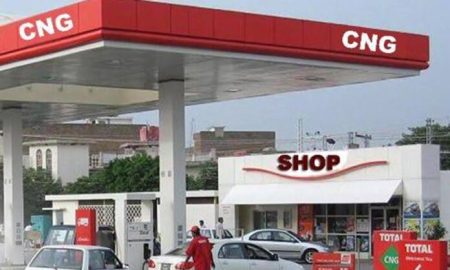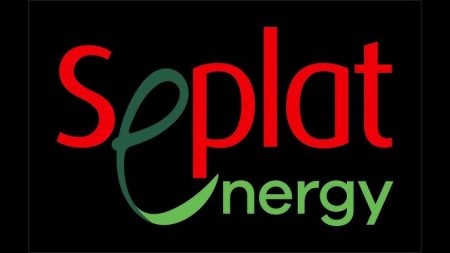 27 January 2014, News Wires – US natural gas prices jumped 10% on Friday, in one of the biggest weekly gains in three years as freezing weather blanketed half the country and strained the pipeline network.
27 January 2014, News Wires – US natural gas prices jumped 10% on Friday, in one of the biggest weekly gains in three years as freezing weather blanketed half the country and strained the pipeline network.
Brutal cold hovering over the eastern US pushed front-month futures prices as high as $5.21 per million British thermal units, their highest point since June 2010, as natural gas joined other heating fuels like propane in rocketing higher, Reuters reported.
The US National Weather Service forecast on Friday that extreme cold would continue in the heavily populated Midwest and North-east over the next 14 days, boosting heating demand for homes and businesses and exposing weaknesses in infrastructure used to pipe gas to high-density areas.
“Hopefully, what we will learn from this is that it’s not that we don’t have enough natural gas to meet demand, it’s that we just don’t have the infrastructure in place,” Phil Flynn of Price Futures Group told the news wire.
Prices spiked more than 21% this week, the biggest weekly gain since October 2010. The north-east has been especially hit, isolated as it is from major supply centres by insufficient pipelines.
Even typically balmy Houston was not spared from the cold. Snow fell overnight north of the city and schools closed due to icy road conditions. Heating costs for residents are expected to rise by 5% for area residents due to the higher price of natural gas, according to utility CenterPoint.
Friday’s gas jump brought the highest price volatility since August 2012, reading 55 on the 30-day implied volatility index, up from 46 a week ago, Reuters said.
“Today’s trading activity is more reminiscent of trading activity seen between 1995-2008 when we had periods of extreme volatility in the gas market,” said Gene McGillian at Tradition Energy. “Over the last two years, people weren’t really worried about whether demand would really tighten the fundamental outlook.”
Front-month February natural gas futures on the New York Mercantile Exchange closed up 45 cents, or 9.56%, at $5.18.
In the cash market, gas for delivery through Monday at Henry Hub traded at $5.19 per MMBtu, down 36 cents from Thursday’s three year high. Late trades were done at a 20-cent premium to the Nymex, down from a 73-cent premium on Thursday.
Gas in New York’s Transco Zone 6 pipeline rose $12.38 to $59.98 per MMBtu as the north-east continued to experience high prices and volatility brought on by heating demand for a bottlenecked supply.
On Tuesday, next-day gas in New York averaged a record $120.70.
On Chicago’s Citygate pipeline, gas rose $4.09 to $10.55 per MMBtu.
Midwinter prices have spiked against late winter and early spring contracts, indicating that traders expect the market to return to normal price levels after the freeze.
The difference between February and March 2014 futures remained high at 19 cents, just below Thursday’s 20.7-cent peak, which was the biggest since at least March 2010, according to Reuters data.
Forecasts for continued cold weather overshadowed a report showing a lower-than-average drawdown on inventories last week.
The US Energy Information Administration reported a 107 Bcf fall in natural gas storage over the warmer week that ended 17 January, just below the average estimate of a 110 Bcf draw from analysts polled by Reuters.
Withdrawals of US natural gas storage are expected to increase over the next several weeks due to the forecasts of cold weather and heavy heating demand.
Early gas storage estimates for this week range from a draw of 170 Bcf to 239 Bcf. That compares with a 191 Bcf drop a year earlier and a five-year average decline of 162 Bcf for that week. The EIA will issue that report on Thursday.
Traders noted the front-month on the Nymex was in overbought territory on the Relative Strength Index for a third day in a row on Friday. The RSI was at its highest level since mid-December, according to Reuters data.
– Upstream



